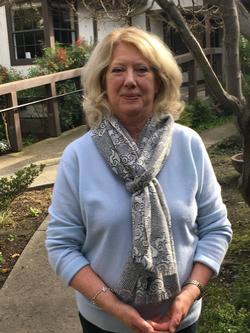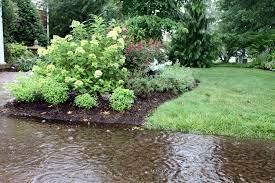UC Cooperative Extension
Karmjot Randhawa
County Director
(559) 243-6564
UC Cooperative Extension
145 Tozer St. Suite 103
Madera, CA 93638
Office Phone: (559) 675-7879
Fax: (559) 675-0639
Elinor Teague Monthly Column
Elinor Teague

See below for the latest column, or click here to read past articles.
Readers’ questions and comments are always welcome. Send an email to mgfresno@ucdavis.edu
May 2023

The soil is still too wet to plant from seed in some spots leading to further delays in planting this spring. Gardeners have gradually become accustomed to speeding up the spring planting schedule during these last 20 drought years in order to avoid the first heat spikes of the season that became common occurrences in April, rather than in mid to late May (as was the normal pattern during the drought years). Central Valley gardeners have also become accustomed to a very long summer growing season which now begins in March and lasts until mid or even late November. During the driest years with no winter frost and mild temperatures through the winter months some summer annuals simply did not die off and continued to set flowers and fruits. At the end of this April many gardeners are still waiting to harvest their leafy greens and other cool season crops before pulling them out to make room for summer transplants.
This planting season we’ll need to make adjustments to the schedule and to which varieties we plant. Think of the adjustments as an experiment, perhaps keeping a journal or record of planting and harvest times and successes and failures in your garden this year. If next fall and winter are as wet as this last season, the journal will be helpful in planning and in buying seeds and transplants with ripening or bloom times or ‘days to maturity’ that are more suitable for a shorter growing season. Some weather models are predicting higher-than-normal temperatures in late summer and fall this year. We’ll need to search for plant varieties with shorter growing seasons and a high tolerance for hot temperatures-not the easiest combination of attributes to find at the local nurseries or garden centers.
One major and very concerning effect of the long cold, wet spring has been the absence of bees and other pollinators in our spring garden until just this last week. Anecdotal reports (from my neighbor Melissa, the beekeeper) estimate a 30% bee die off this season. It was really spooky to see flowers in full, beautiful bloom with few or no bees actively foraging for pollen. We can only hope that pollinator populations recover soon. Adding a bee count to your garden journal this year can help verify the effect of a really cold wet winter on pollinators.
* SF Chronicle, April 18, 2023
